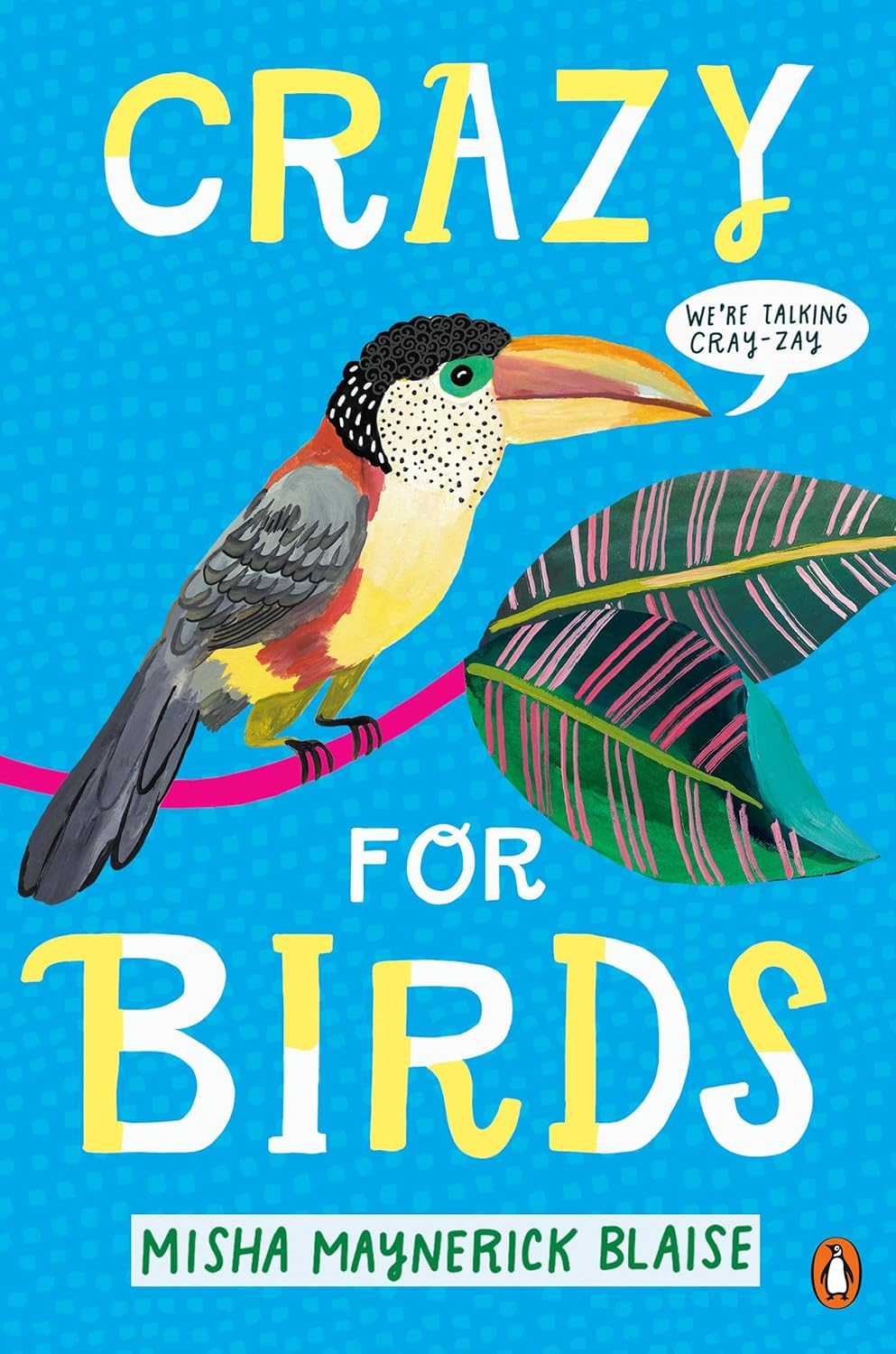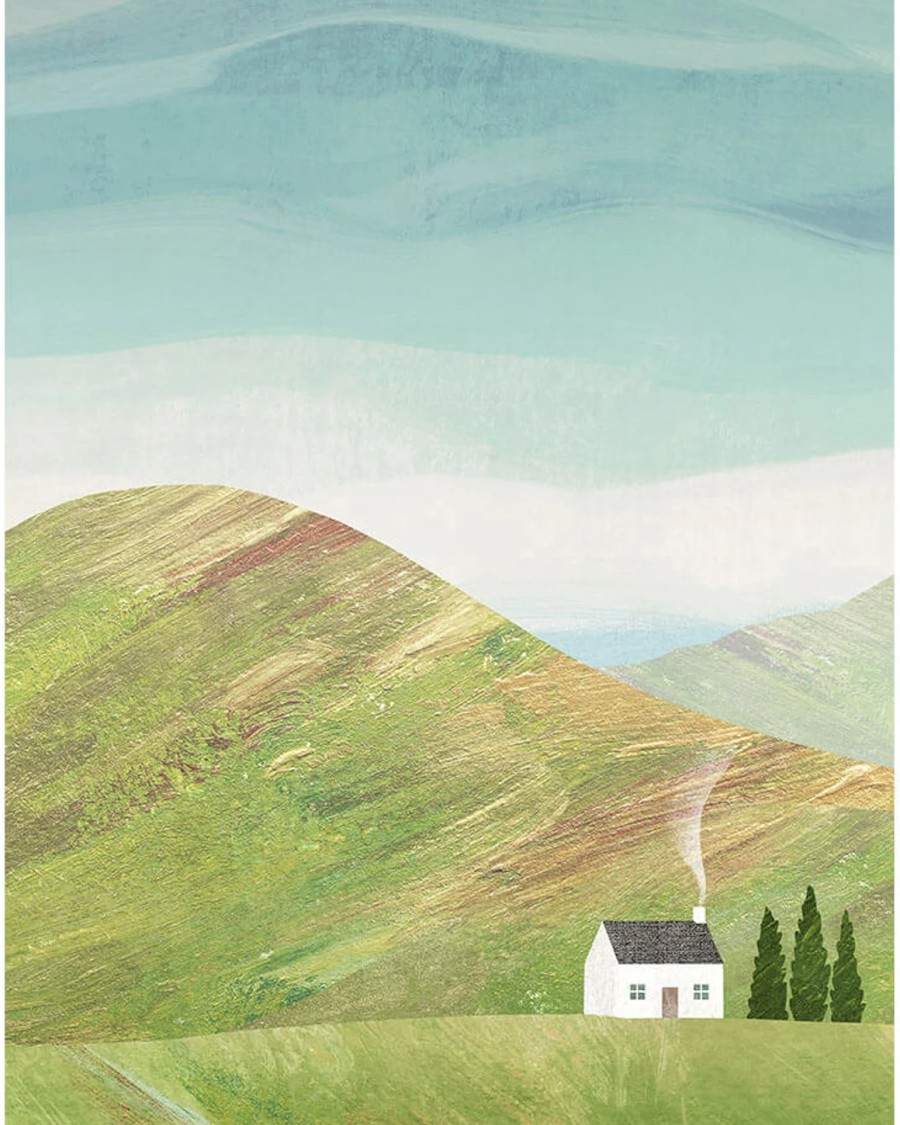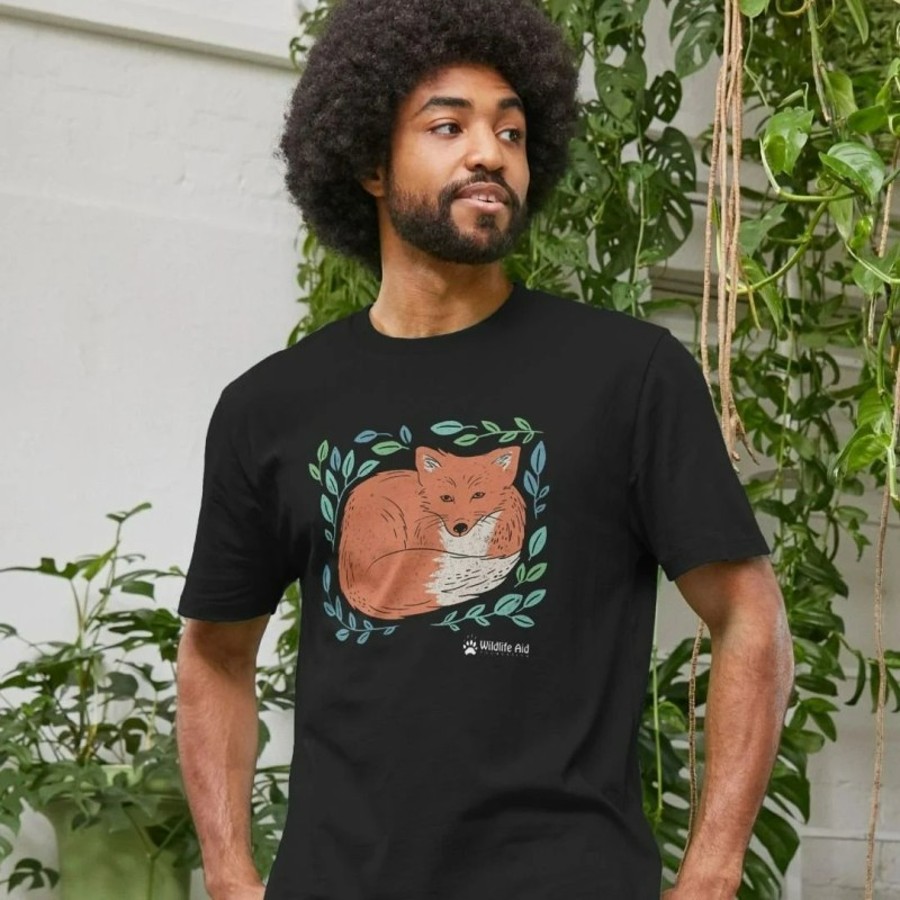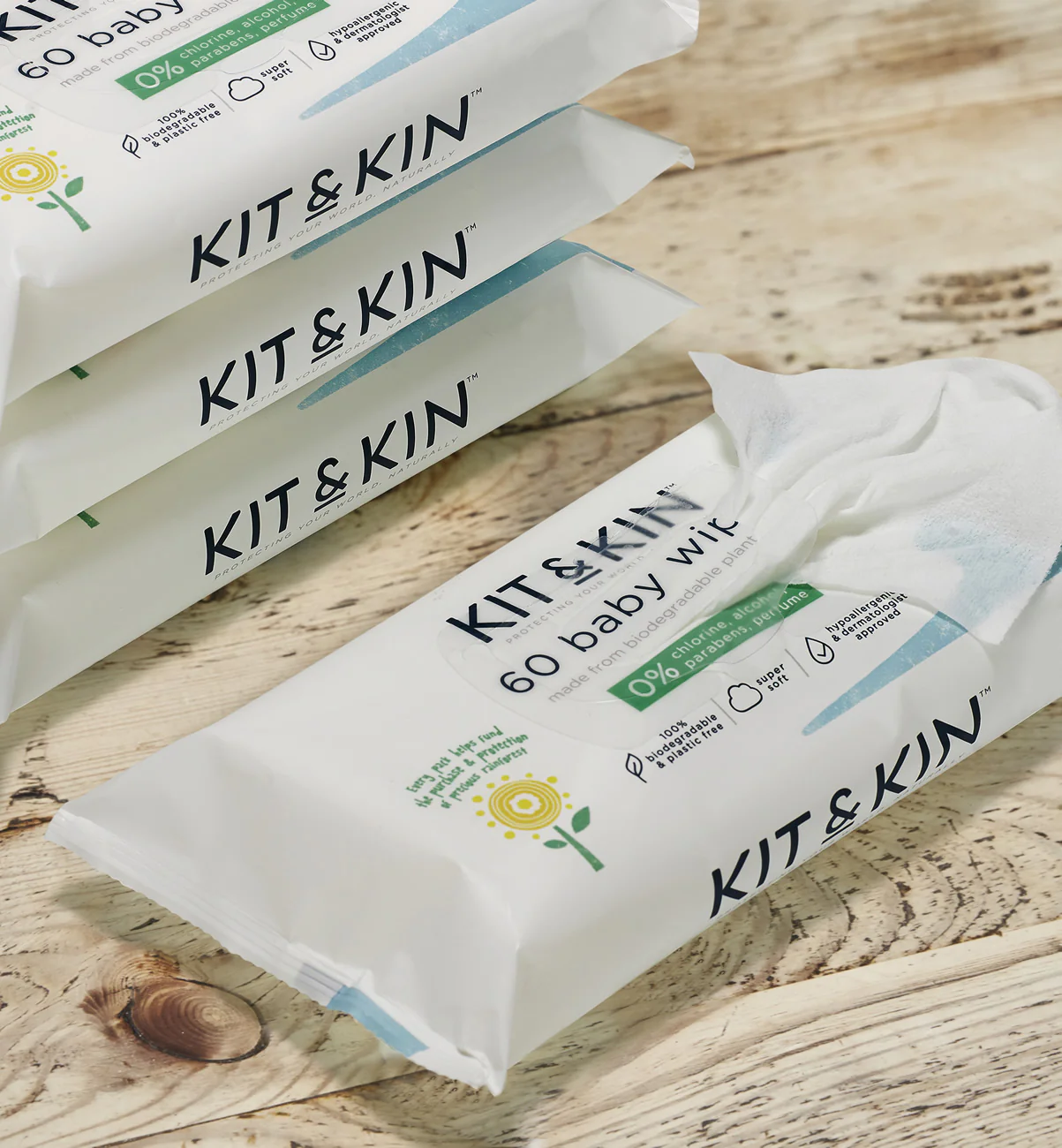
Disposable nappies make up around 25% of landfill waste, and using reusable nappies also is cheaper long-term (many councils offer discounts) and usually leads to earlier potty training, as babies can feel their toilet movements, rather than using those toxic blue gels that mask it. But modern cloth nappies are all a bit greenwash, as they are made with recycled polyester or bottles, which just leaches more microplastics into the machine, when washed. So what’s to do?
Environmental experts say that washing cloth nappies creates far less plastic waste, but it’s still plastic waste. So the best option is likely to use pure cotton terry cloths (like your grandma used to do) and use them with Nappy Nippas (an updated version of safety pins).
For reusable nappies, Kit + Kin is a popular brand (founded by former Spice Girl Emma Bunton) These do have recycled polyester so launder in a microplastic catcher, it also offers biodegradable baby wipes and nappy bags (keep away from children and pets). For disposables, Cheeky Panda offers bamboo nappies in easy-to-recycle packaging. Never flush disposable nappies down the loo.
Kudos (USA) is the first brand of disposable diapers (nappies) where rather than plastic, the material that touches a baby’s skin is made from local cotton and sugarcane (in their opinion better than bamboo, which sometimes is made from rayon – a caustic process that throws chemicals into the environment.) These nappies also feature a ‘wetness indicator’ that turns from yellow to blue, to show when needing to be changed. Made with US-grown cotton.
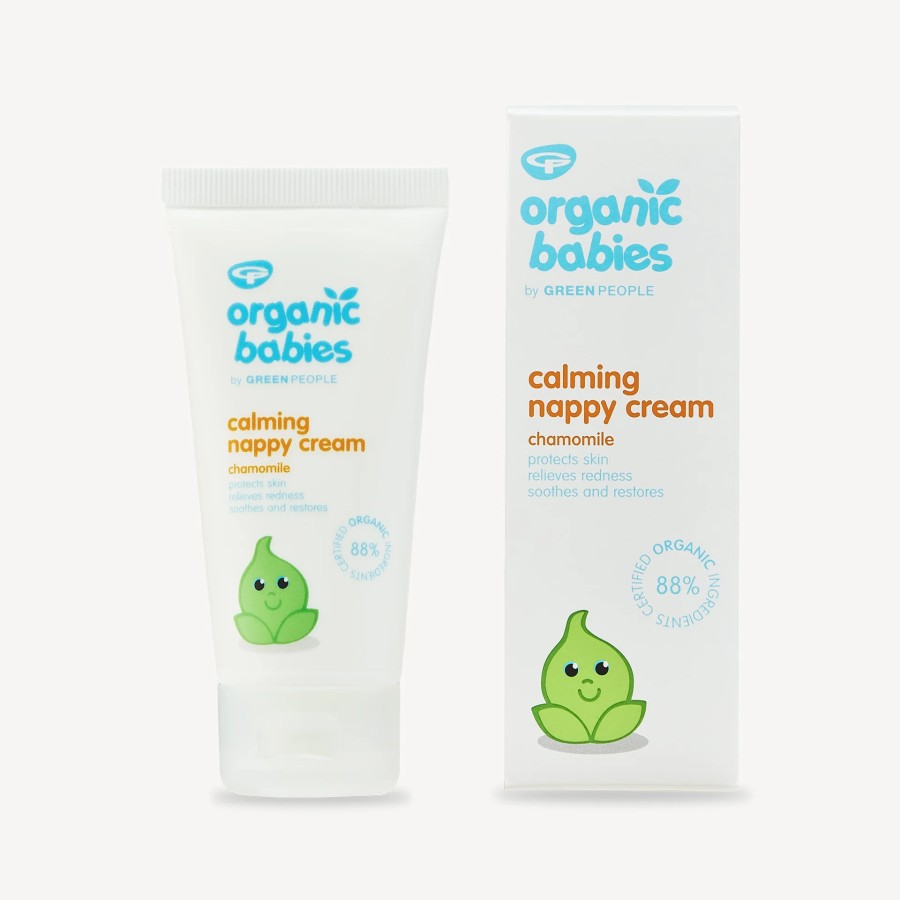
Green People calming nappy cream is made with organic ingredients and sold in easy-to-recycle packaging. This water-repellant cream is kind to sensitive skin, with water-repellent berry wax to help prevent nappy rash. Ideal for babies with sensitive skin and eczema. Keep away from pets due to zinc oxide.

